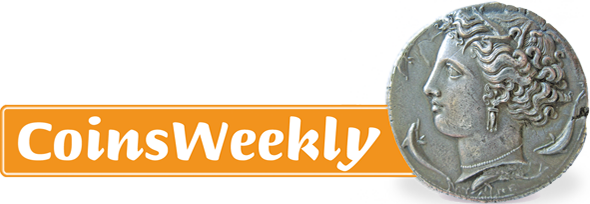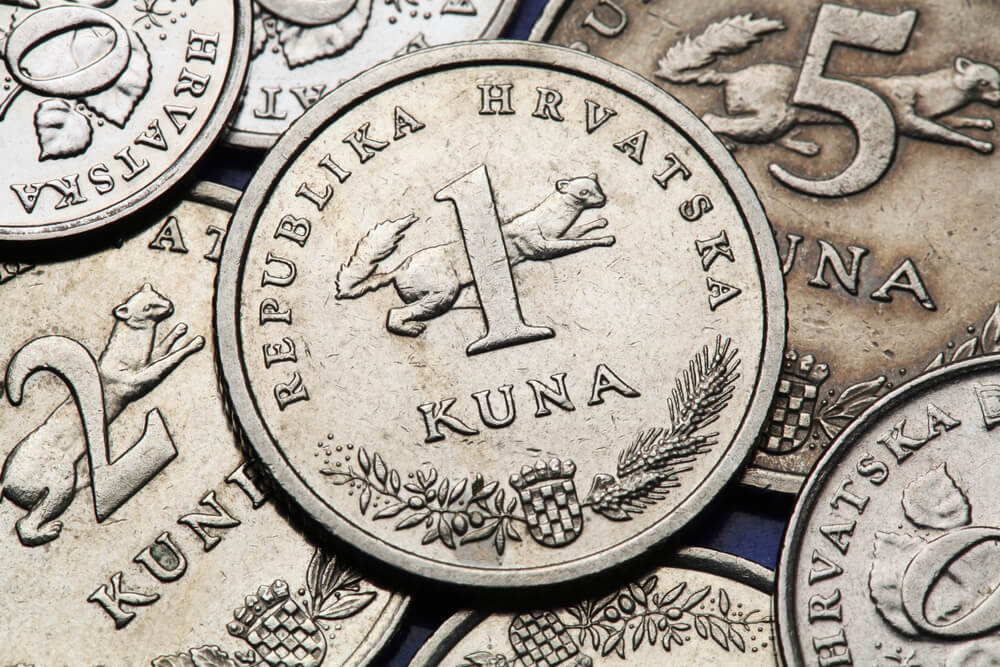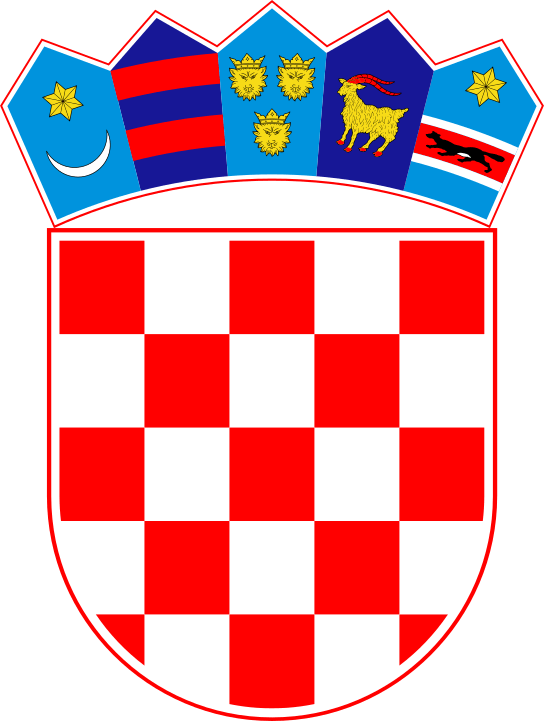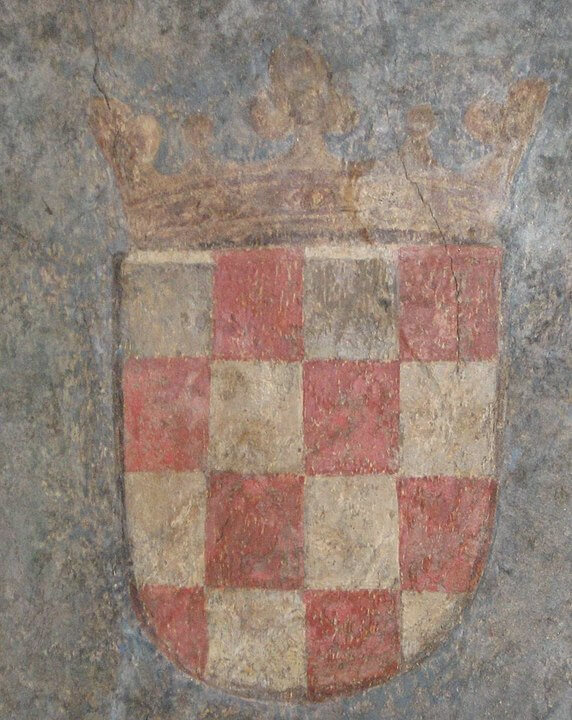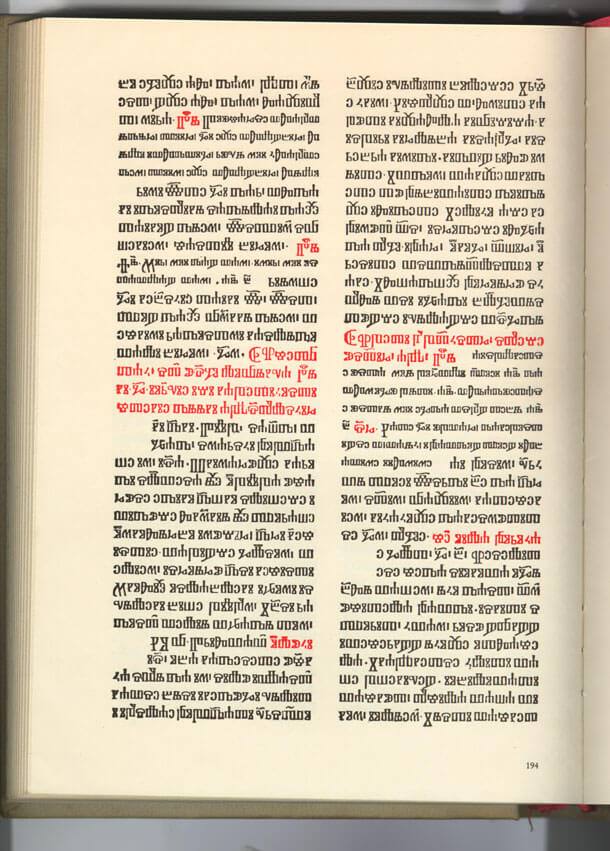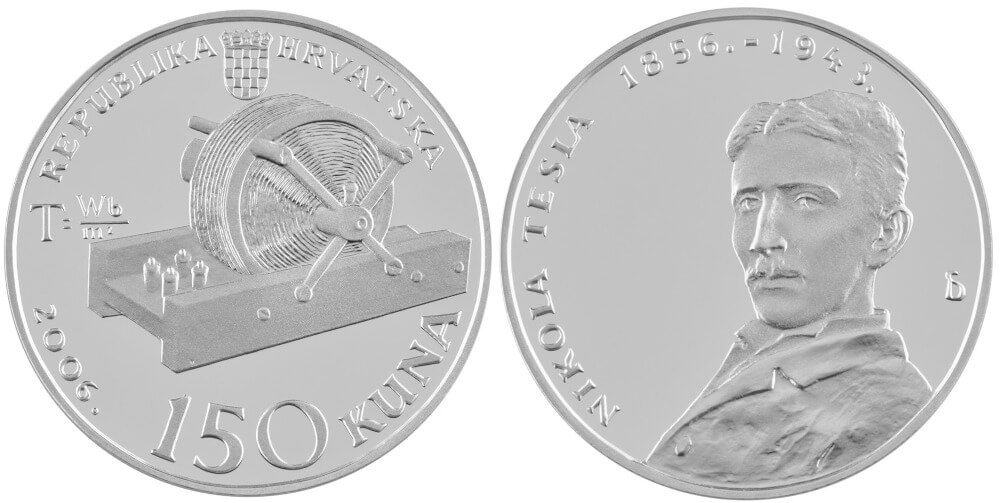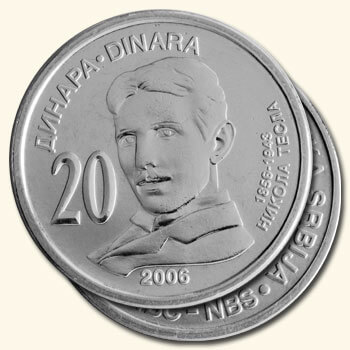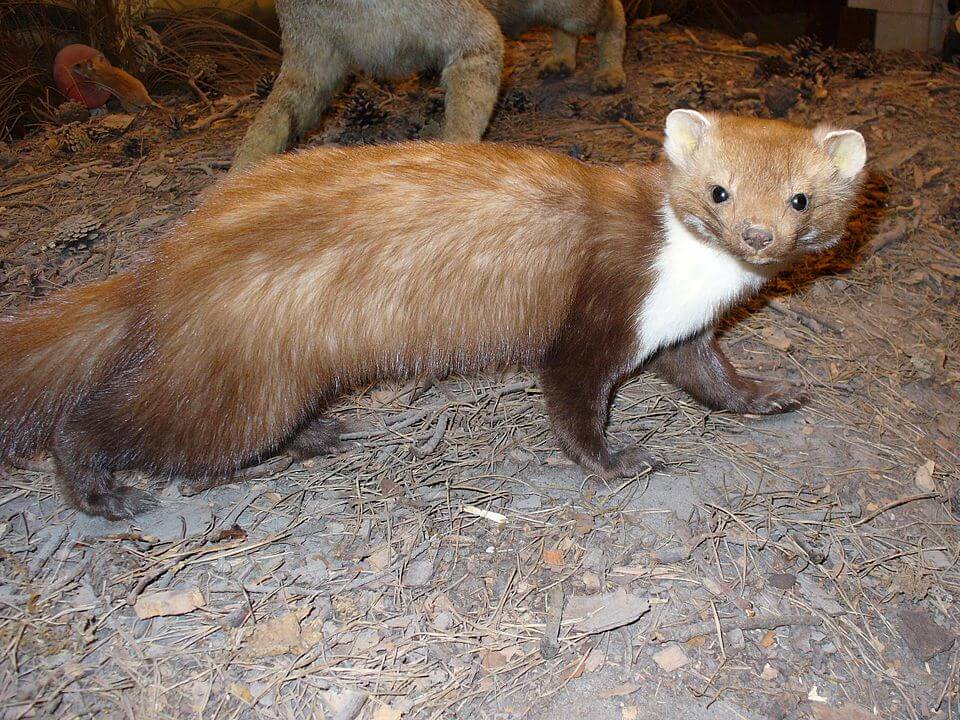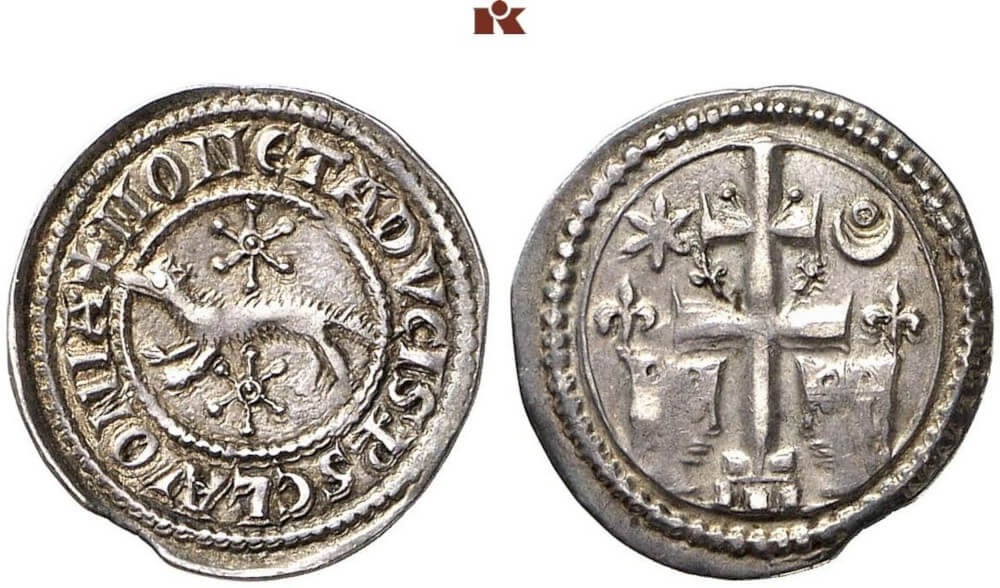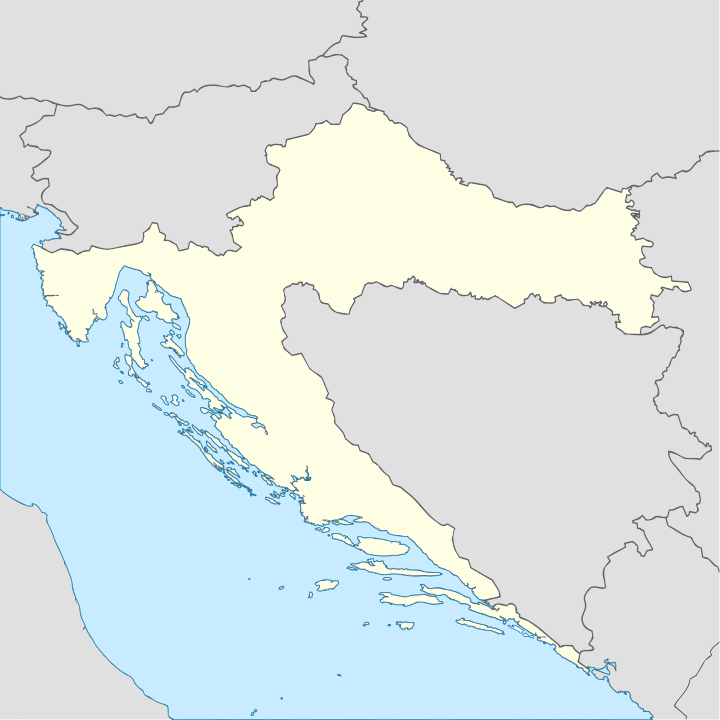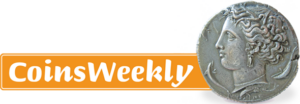What Will Be Depicted on Croatia’s Euro Coins?
by Daniel Baumbach, translated by Maike Meßmann
Collectors of euro coins can be pleased: finally there’s a new member of the euro zone! Seven years have passed since the euro was introduced in a new euro country for the last time. On 1 January 2023, Croatia will become the youngest member of the euro zone. What will the new coins look like?
Content
Although the designs have not quite been finalized yet, we already know which motifs Croatian euro coins will depict. That’s always exciting to see. After all, coin motifs tell you a lot about how a country sees itself and wants to be seen by others. Let’s find out how Croatia presents itself to the euro area.
An Integral Part of all Motifs: The Coat of Arms
In addition the respective motif, the national sides of Croatian euro coins will depict the distinctive coat of arms of Croatia, the so-called Šahovnica. The coat of arms resembles a chessboard with red and white squares and will be part of the motifs background. The Croats are very proud of their coat of arms, which is the subject of many legends. One of them, for example, is about a competition of three chess games between the Venetian Doge and the Croatian King Stjepan Držislav (r. 969 to 997). Instead of a bloody battle, chess was supposed to decide the outcome of the war since both rulers were said to have been enthusiastic players. Stjepan Držislav won and legend has it that he therefore adopted a blood-red chessboard as his coat of arms. Historians, on the other hand, assume that the coat of arms was created shortly after 1491 and goes back to the Habsburg Maximilian I. The latter won the Hungarian crown for his descendants – and thus also the rule over Croatia. Therefore, the oldest known version of the coat of arms can be found in Innsbruck.
1, 2 and 5 Cents: Glagolitic Script
The lowest denominations of Croatian euro coins will show Glagolitic script. It is considered the oldest Slavic script and was developed and widely spread in the 9th century by Cyril of Thessalonica, the most important Christian missionary in the Slavic region. It later evolved into the Cyrillic script, which is still used today in Russia and elsewhere. Some Balkan States also use Cyrillic script, Croats, however, do not – they use Latin letters. Still, the Glagolitic script remained in use in Croatia much longer than anywhere else, until the 19th century to be precise. Therefore, proud Croats who called for an independent nation-state considered the script to be typical for the region and revived it. It still enjoys great popularity in Croatia today.
The choice of depicting this motif on new cent coins is intended to remind us that Croatia already had a highly developed writing culture in the Middle Ages. In 1483 – and thus only 28 years after the Gutenberg Bible(!) – the first missal that was not written in Latin letters but in Glagolitic script was printed in Kosinj, Croatia: the Missale Romanum Glagolitice. However, it is quite controversial whether the Missale Romanum Glagolitice was actually produced in Croatia or Italy.
10, 20 and 50 Cents: Nikola Tesla
Croatia’s 10, 20 and 50 cent pieces will depict Nikola Tesla (1856-1943). The ingenious inventor and pioneer of electrics was born in 1856 in the Croatian village of Smiljan, which was then part of the Habsburg Empire. This isn’t the first coin that Croats have dedicated to Tesla: he was also depicted on a 2006 commemorative coin. In fact, Croats hold Tesla in high esteem. When the citizens were asked for suggestions regarding new coin designs for the euro introduction, a picture of Tesla was the most frequently submitted suggestion.
The announcement of the motifs that had been chosen for the new euro coins caused some tension, and even forced Croatia’s President and Prime Minister to comment on the matter. For the people of Croatia aren’t the only ones who take pride in the ingenious inventor – Serbians do too since Tesla’s parents were from Serbia. According to the Austrian Broadcasting Corporation ORF, the Serbian Central Bank accused the Croats of appropriating “the cultural and scientific heritage of the Serbian people” and announced to protest at EU level. Tesla also appears on Serbian currency, namely on the 20 dinar coin and the 100 dinar banknote.
If Serbia were a member of the EU, it would have vetoed this motif – this possibility exists to prevent a member state from feeling provoked by another country’s choice of motif, for example, in case a historical person is seen differently. However, since Serbia isn’t an EU member state, nobody seems to want to prevent Croatia from issuing the Tesla coins. Anyway, one might think that Serbians should be glad that Croats honour someone with Serbian roots on their coins. After all, Germans don’t complain about the fact that Mozart is shown on coins in Austria either!
1 Euro: The Kuna
Croatia’s 1 euro coin is to depict a marten. This motif can also be seen on the coins of the Croatian currency that was introduced in 1994 and bears the name “kuna”. This makes sense, after all, “kuna” is the Croatian word for marten. The motif reminds us of a long-standing monetary tradition of this region. In the Middle Ages, marten pelts were still an important currency in Croatia and were used, for instance, to pay taxes. Even after coins were established, for a long time “kuna” remained the most important unit of account of the Croatian people. Since then, the marten has repeatedly been featured on coins, for example in the 13th century. When Croatia was separated from the Kingdom of Yugoslavia in 1941 and made a vassal state of the Axis powers, the Croats chose to call their new own currency kuna. Sfter the declaration of independence from socialist Yugoslavia, the Croats opted to name their currency kuna again. Therefore, the marten on future euro coins stands for much more than a cute little animal.
2 Euros: Croatia’s Borders
Croatian 2 euro coins will feature the shape of the country. This is in line with Estonian euro coins, which feature a map of the country on all coins. Malicious gossip had it that Estonia did so to make people finally remember which of the three Baltic countries Estonia is. Perhaps Croatia also wants to prevent European pupils from confusing Croatia with other Balkan states in geography lessons in the future. In any case, the current shape of the country, which became independent in 1991, is distinctive enough to be quickly recognized. The long coastal area and the northern interior of the country are connected only by a narrow strip and virtually embrace the neighbouring country of Bosnia-Herzegovina.
What Won’t Be Featured on Croatia’s Euro Coins?
Now you know which motifs have been chosen. However, it’s also interesting to see which other motifs made it on the shortlist. For example, the beautiful old town of Dubrovnik, which attracts more than one million tourists every year. Or the Dalmatian, a breed of dog said to have originated in Croatia. Both motifs, by the way, have been used for commemorative coins in the last years. Tomislav, who became the first Croatian king in 925, also made it onto the shortlist, as did the cathedrals of Šibenik and Zagreb and the water tower or Vukovar, which is considered a memorial to the Croatian War of Independence (1991-1995). You see: Croatia has much more to offer in terms of sights, history and culture than can be depicted on such few coins. We are already looking forward to the first euro collector coins!






